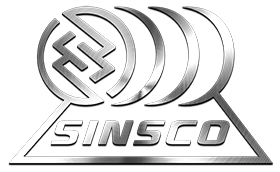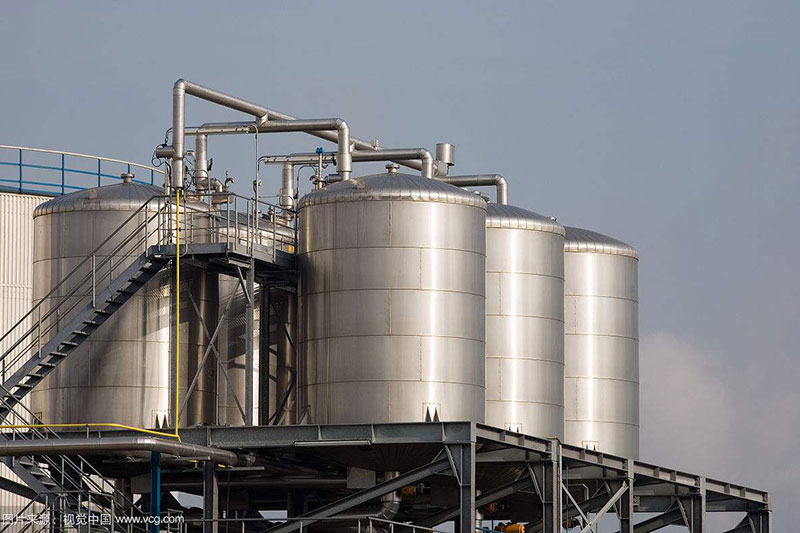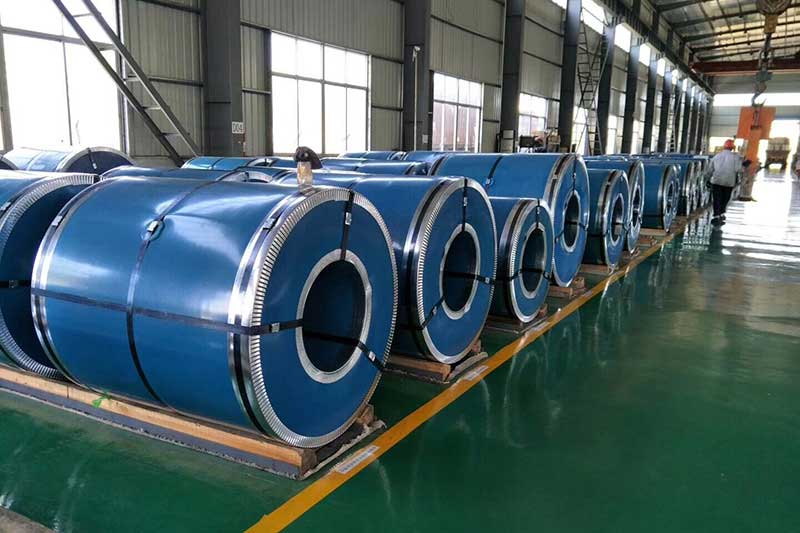Application of Stainless Steel in Storage Tanks
Stainless steel storage tanks are storage containers made out of stainless steel. Compared to ordinary rolled plastic storage cans, stainless steel storage tanks can withstand higher pressure, and are widely used in high pressure fields. Furthermore, stainless steel storage tanks have an obvious characteristic; these tanks can be sealed, completely eliminate intrusion of hazardous substances in the air, and ensure that the liquid stored in the tank is not contaminated by the external environment.
Characteristics of stainless steel storage tanks:
- High corrosion resistance
Stainless steel tanks have high corrosion resistance, and are not corroded by external air or residual chlorine in water vapor. Each tank is high-pressure tested and examined, and has a life of 100 years under normal pressure. - High sealing performance
Stainless steel storage tanks can be sealed. Airtight design completely eliminates hazardous materials floating in the air and intrusion by pests. This guarantees that the content is not contaminated by external pollution or pests. - Effectively reduce turbidity
Scientific hydrodynamic design prevents sediments at the bottom of storage tanks from being stirred up, thus guaranteeing the natural separation of water layers for household water and firefighting water. Household water that comes from storage tanks has a 48.5% reduced turbidity; however, the water pressure is increased significantly. PE pipes are advantageous for improving the quality of household water and the performance of firefighting equipment water. - Easy to clean
Stainless steel storage tanks do not need to be cleaned often. Sediments can be eliminated by periodically opening the discharge valve at the bottom of the tank. This equipment can be used once every three years to clean water pollutants. Electrical water sprayers significantly reduce cleaning costs and completely prevent contaminants from human germs.
Application of Stainless Steel in Cookware
Stainless steel pots make up majority of stainless steel kitchenware, accounting for approximately 50%. Kitchenware made with stainless steel are smooth, clean, do not become moldy easily, are not afraid of scratches, and can be cleaned easily. These items include stainless steel knives, pots, and tableware. The advantages of stainless steel has made stainless steel kitchenware an emerging market with a significant and rapidly developing market.
Stainless steel has been widely applied to the production of tableware, including knives, bows, spoons, dinner plates, and forks. Because of its durability, cleanliness, safety, detailed work, and environmental friendliness, these utensils conform to Western dinning habits, and are highly sought after by European and American consumers. Primary markets include nations in the European Union, the Americas, and other developed nations. In recent years, the international market has looked good, and the development of stainless steel tableware has moved toward branding, industrialization, marketization, and has become oriented towards external appearance. Demand for high-grade stainless steel tableware is rising, and the market shows significant potential.
Family-use stainless steel can be divided into 430, 304 (18-8), and 18-10. These stainless steel types have superior metal performance, resist corrosion, and are durable and beautiful when made into containers. Thus, they have been used to produce tableware and are gradually being accepted into broader family use. The stainless steel tableware industry has gradually revived with improved global economics, but with increases in raw material prices, energy, and labor, the cost of production has also increased drastically. Thus, the costs for tableware companies have significantly increased.







